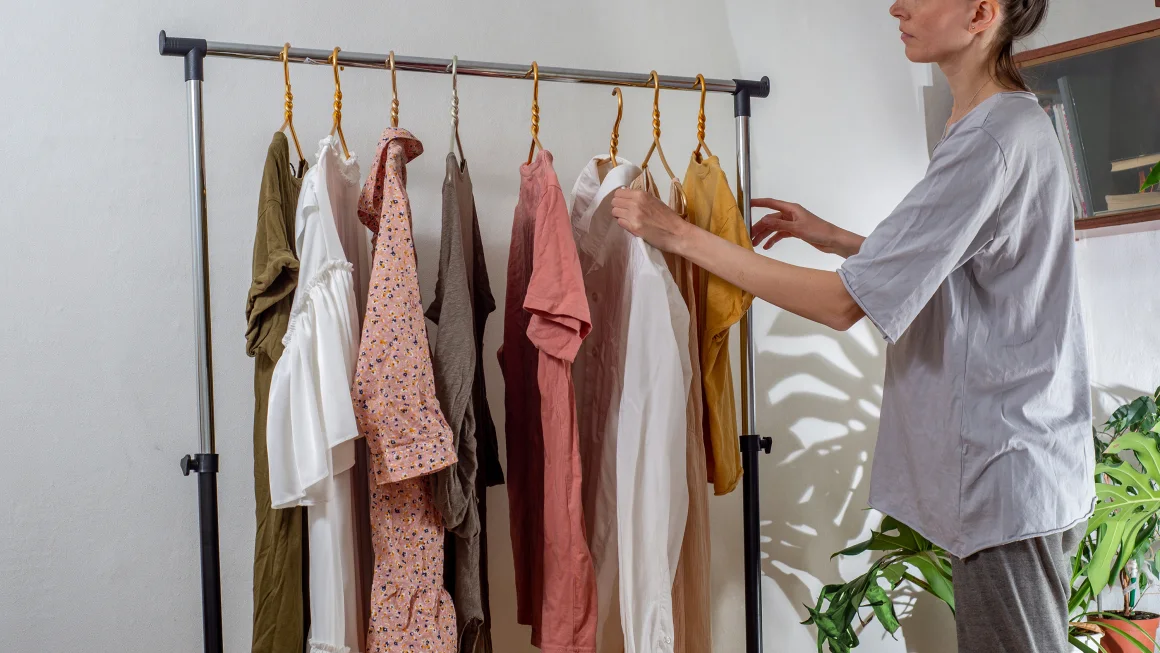The trend of "underconsumption core" is gaining popularity as Americans push back against the constant pressure to buy more. Unlike influencers who promote the latest trends and products, underconsumption advocates focus on using a small rotation of items for years, often showcasing second-hand furniture, minimalist wardrobes, and inherited household goods. This lifestyle aims to combat the mentality that happiness requires constant purchasing, a belief highlighted by Megan Doherty Bea, a consumer science professor at the University of Wisconsin-Madison. As interest in this trend grows, many are embracing it as a way to reduce their carbon footprint and resist what they see as corporate-driven overconsumption. Suzanne Lambert, a 32-year old consultant based in Virginia, says she canceled her subscription to a beauty box after watching underconsumption core videos.
Suzanne Lambert, a 32-year old consultant based in Virginia, says she canceled her subscription to a beauty box after watching underconsumption core videos.
Despite its appeal, some experts caution that underconsumption core can oversimplify spending habits. While advocates argue that buying less is not just about saving money but also about mindful consumption, critics like Scott Rick, a marketing professor at the University of Michigan, warn against viewing consumption as universally negative. Rick’s research shows that shopping can sometimes serve as a form of therapy, helping people feel more in control of their emotions. This debate highlights that while underconsumption offers a sustainable alternative to consumer culture, there is no one-size-fits-all approach to managing personal spending.







